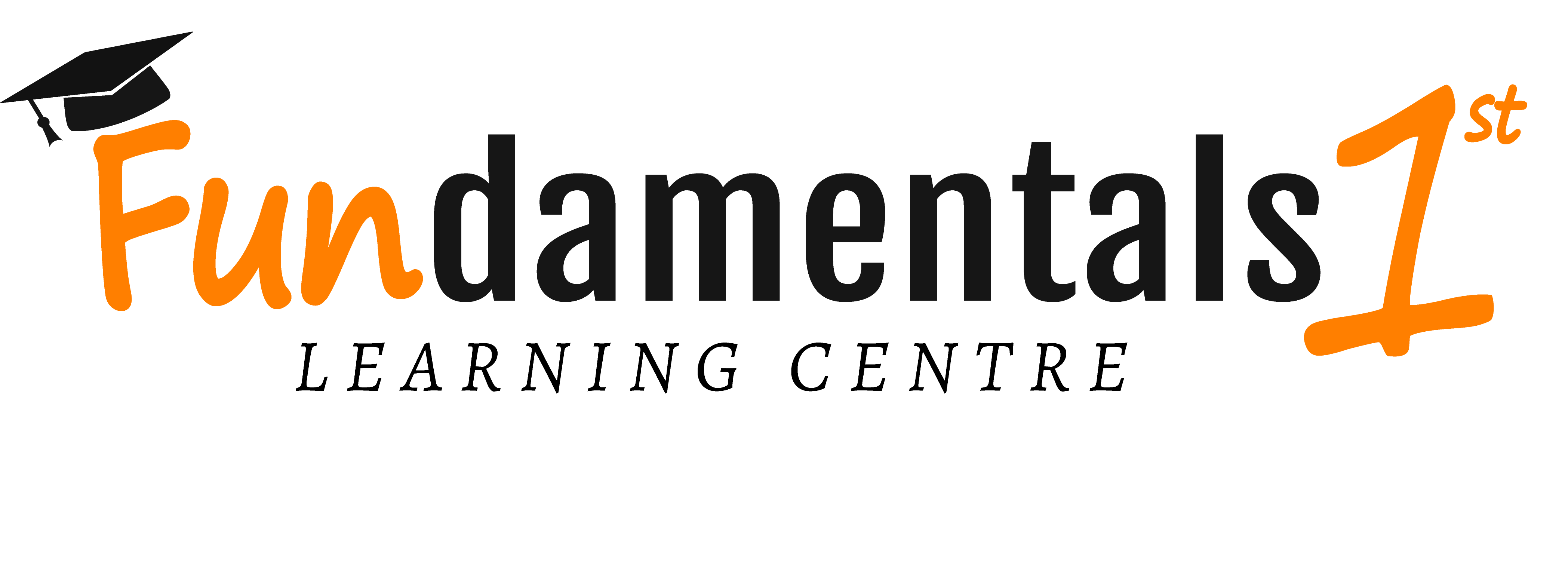
Mastering the Art of Essay Writing: A Step-by-Step Guide to Writing an Essay With Examples
Writing essays is a crucial skill for high school, college, and beyond. Whether you’re writing a persuasive essay, an argumentative paper, or an analytical review, understanding the structure and planning process is key to crafting a compelling piece. In this post, we’ll dive into the fundamentals of essay writing, how to plan your work efficiently, and provide a simple, universal essay format. Plus, if you’re in Edmonton and need more help, Fundamentals First offers tutoring services to help you master your writing skills.
The Importance of Planning Your Essay
Planning is the foundation of any great essay. Without a clear structure, your writing can become disorganized, making it difficult for the reader to follow your argument. The planning process allows you to identify your main points, organize your ideas logically, and ensure your essay is focused and coherent.
Why Planning Matters
- Clarity: Planning helps you understand your argument and keeps your writing clear and focused.
- Time Management: Breaking your essay into smaller tasks ensures you meet deadlines.
- Improved Structure: It gives your essay a clear beginning, middle, and end, making it easier to follow.
- Critical Thinking: Planning forces you to think critically about your topic and evidence.
General Essay Format (A Simple Guide)
The structure of an essay can vary depending on the type of essay you’re writing (narrative, expository, persuasive, etc.), but there’s a basic structure that applies to most essays.
1. Introduction
- Hook: Grab the reader’s attention (e.g., a quote, an intriguing question, or a startling fact).
- Background Information: Provide context for your topic.
- Thesis Statement: A concise summary of the main point or argument of your essay.
Example Thesis Statement: “While social media can connect people, it also contributes to the rise of anxiety and depression among young adults.”
2. Body Paragraphs
- Topic Sentence: Start each paragraph with a clear statement that introduces the main idea of that paragraph.
- Supporting Evidence: Use examples, facts, quotes, and explanations to back up your point.
- Analysis: Explain how your evidence supports your argument.
- Transition: Link the paragraph to the next one, creating a smooth flow of ideas.
Example Body Paragraph Structure:
- Topic Sentence: “Social media’s pressure to conform to beauty standards has been linked to higher levels of anxiety in teenagers.”
- Supporting Evidence: “A study by the American Psychological Association found that 60% of teenagers report feeling stressed about their appearance due to social media.”
- Analysis: “This constant exposure to idealized beauty standards can lead to negative self-image, contributing to anxiety and depression.”
3. Conclusion
- Restate Thesis: Summarize your main point but in different words.
- Summarize Main Points: Briefly go over the key points you made in the body paragraphs.
- Final Thought/Call to Action: Leave the reader with something to think about or a call to action.
Example Conclusion:
“In conclusion, while social media provides opportunities for connection, it also plays a significant role in fostering anxiety among young adults. To combat this, both individuals and society must take steps to manage the pressures created by online platforms.”
How to Plan Your Essay (Step-by-Step)
Planning your essay in stages can simplify the writing process. Here’s how to break it down:
1. Prewriting (Brainstorming and Research)
- Brainstorm Ideas: Write down everything you know about the topic.
- Research: Gather reliable sources to support your argument or provide background information.
- Create an Outline: Organize your main points into a clear outline that follows the basic essay structure (Introduction → Body → Conclusion).
2. Writing the First Draft
- Focus on getting your ideas on paper without worrying about perfection.
- Don’t worry about grammar or spelling just yet; concentrate on expressing your ideas clearly.
3. Revising and Editing
- Revise for Structure: Ensure each paragraph flows logically into the next.
- Edit for Clarity and Conciseness: Remove unnecessary words and ensure each sentence contributes to your argument.
- Proofread for Grammar and Spelling: Check for errors in punctuation, grammar, and spelling.
Need Extra Help? Try Fundamentals First in Edmonton!
If you’re struggling to organize your thoughts or polish your essay, Fundamentals First in Edmonton offers expert tutoring services that can guide you through the writing process. Whether you need help with brainstorming, structuring your essay, or reviewing your final draft, their tutors are here to provide support and boost your writing skills.
📍 Location: Edmonton, AB
🌐 Website: https://fundamentalsfirst.ca
Question for You!
Now that you know the basics of essay writing, here’s a challenge for you:
What’s your favorite essay topic, and how would you structure your argument?
Let’s discuss in the comments! 😊




